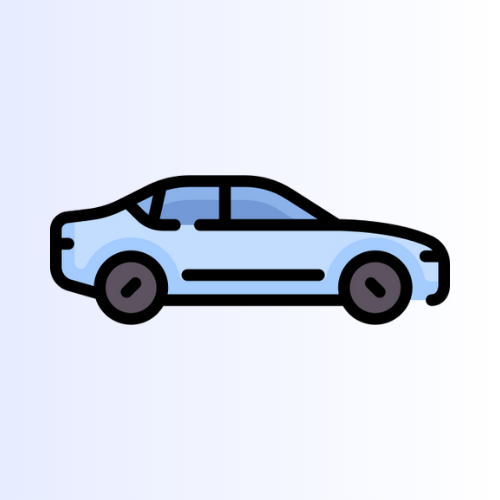I’ll start. Stopping distance.
My commute is 95 miles one way to work, so I see a lot of the highway, in the rural part of the US. This means traveling at 70+ mph (112km/h) for almost the entirety of the drive. The amount of other drivers on the road who follow behind someone else with less than a car’s length in front of them because they want to go 20+ over the speed limit is ridiculous. The only time you ever follow someone that close is if you have complete and absolute trust in them, and also understand that it may not even be enough.
For a daily drive, you likely need 2-3 car lengths between you at minimum depending on your speed to accurately avoid hitting the brakes. This doesn’t even take into account the lack of understanding of engine braking…
What concepts do you all think of when it comes to driving that you feel are not well understood by the public at large?


It is in fact, seconds. Not only is your own reaction time fixed, distance is speed × time so the distance you follow is farther, the faster your speed if you count out the same amount of time.
It works for all speeds, plus how do you know how far ahead 6 cars bumper to bumper is when you when going at highway speeds? The lines aren’t always a good tell.
It’s better to pick a bridge, a sign, an intersection or anything else interesting that the car in front passes, count 0-[x], 1-[x], 2-[x], 3… and so on where [x] is your favourite 4-syllable state or word. Count to 5 in a transport truck or in bad weather, count to 8 if driving a transport truck in bad weather.